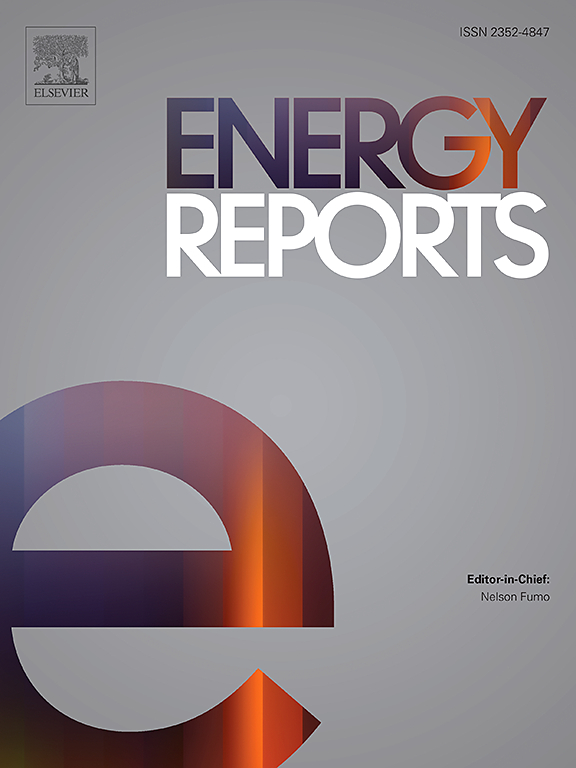Optimizing PV maintenance: Methods, cleaning frequency, and a selection protocol
IF 5.1
3区 工程技术
Q2 ENERGY & FUELS
引用次数: 0
Abstract
Dust accumulation significantly reduces the efficiency of Photovoltaic (PV) systems, with energy losses reaching up to 50% in arid and semi-arid regions. This study presents a comprehensive review of PV cleaning methods, analyzing both passive (natural mitigation, coated surfaces, architectural solutions) and active methods (manual cleaning, water-based systems, electromechanical techniques, robotic cleaning, and piezoelectric approaches). A systematic evaluation of their operational principles, effectiveness, and economic implications is conducted, considering environmental constraints and site-specific conditions. A key contribution of this study is the assessment of optimal cleaning frequency, identifying how climatic and geographical factors influence maintenance schedules. Additionally, a novel Strategic PV Cleaning Optimization Method (SPV-COM) is introduced, offering a structured, multi-criteria decision-making framework to compare and rank cleaning methods based on technical performance, economic feasibility, and long-term sustainability. This methodology integrates operational costs and maintenance requirements to ensure an adaptive selection process that aligns with real-world PV installations. The proposed framework is scalable and applicable to diverse PV cleaning technologies, supporting decision-making in both small-scale and large-scale installations. The findings highlight, for example, the economic trade-offs between water-intensive methods and emerging autonomous solutions, as well as the need for region-specific strategies. By addressing critical gaps in prior studies, this work provides a structured approach to optimizing PV maintenance, contributing to improved efficiency, cost reduction, and sustainable energy production.

优化PV维护:方法,清洁频率和选择协议
扬尘严重降低了光伏发电系统的效率,在干旱和半干旱地区,能量损失高达50%。本研究对光伏清洁方法进行了全面回顾,分析了被动方法(自然缓解、涂层表面、建筑解决方案)和主动方法(人工清洁、水基系统、机电技术、机器人清洁和压电方法)。考虑到环境限制和场地具体情况,对其运作原则、有效性和经济影响进行系统评估。本研究的一个关键贡献是评估最佳清洁频率,确定气候和地理因素如何影响维护计划。此外,本文还介绍了一种新型的战略性光伏清洁优化方法(SPV-COM),该方法提供了一个结构化的多标准决策框架,可以根据技术性能、经济可行性和长期可持续性对清洁方法进行比较和排名。该方法整合了运营成本和维护需求,以确保自适应选择过程与实际的光伏安装保持一致。拟议的框架是可扩展的,适用于各种光伏清洁技术,支持小规模和大规模安装的决策。例如,研究结果强调了水资源密集型方法与新兴的自主解决方案之间的经济权衡,以及制定区域特定战略的必要性。通过解决先前研究中的关键空白,本工作提供了优化光伏维护的结构化方法,有助于提高效率,降低成本和可持续能源生产。
本文章由计算机程序翻译,如有差异,请以英文原文为准。
求助全文
约1分钟内获得全文
求助全文
来源期刊

Energy Reports
Energy-General Energy
CiteScore
8.20
自引率
13.50%
发文量
2608
审稿时长
38 days
期刊介绍:
Energy Reports is a new online multidisciplinary open access journal which focuses on publishing new research in the area of Energy with a rapid review and publication time. Energy Reports will be open to direct submissions and also to submissions from other Elsevier Energy journals, whose Editors have determined that Energy Reports would be a better fit.
 求助内容:
求助内容: 应助结果提醒方式:
应助结果提醒方式:


